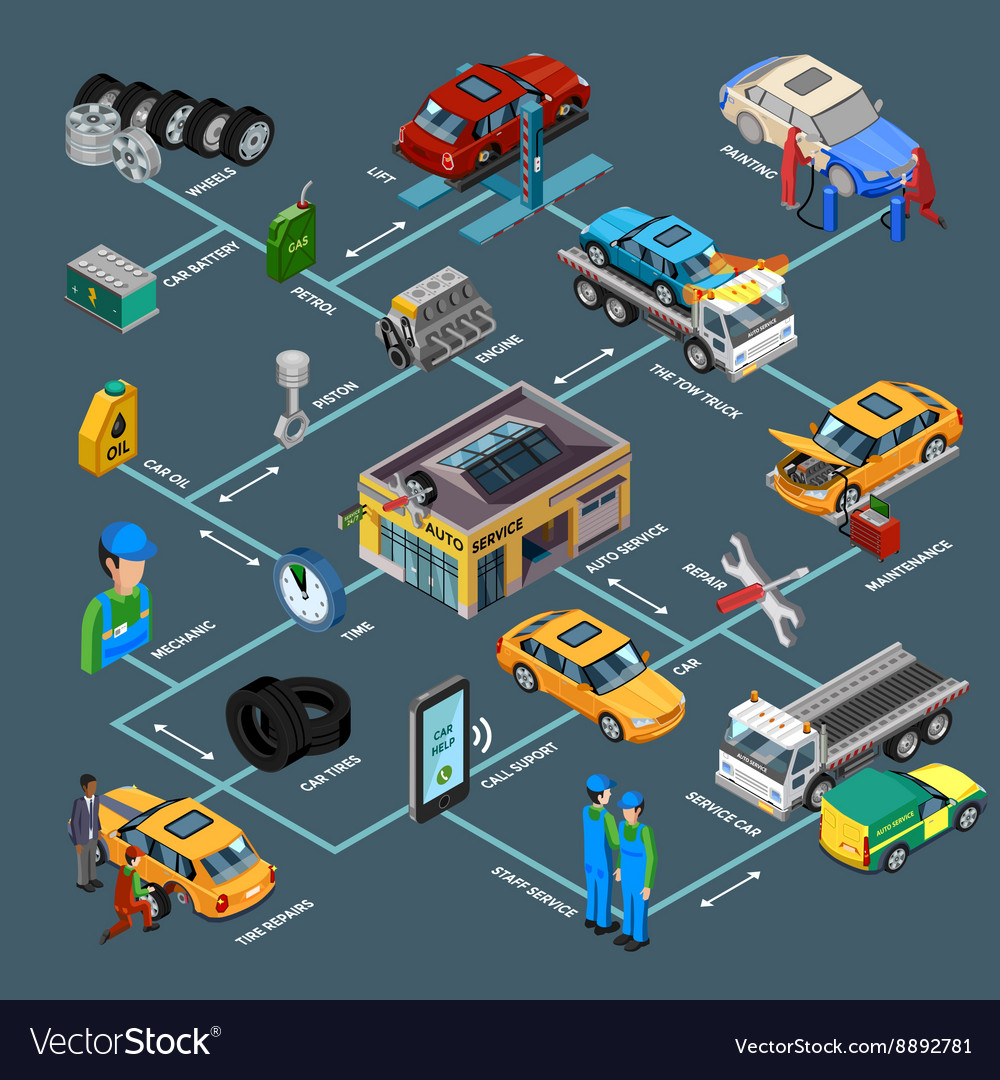When you're behind the wheel, those beautiful caution lights on your dashboard can be a little bit bewildering. Do you know what they're trying to inform you about your auto's health? Recognizing the value of these lights is vital for your safety and the durability of your car. So, the next time among those lights appears, would not you want to understand its message properly and take the needed actions to address it?
Common Warning Lighting and Interpretations
Identify common caution lights in your vehicle and understand their definitions to make certain risk-free driving.
One of the most regular warning lights include the check engine light, which signifies issues with the engine or exhausts system. If this light comes on, it's crucial to have your vehicle examined promptly.
The oil stress cautioning light shows reduced oil pressure, calling for immediate interest to stop engine damage.
A blinking battery light may suggest a faulty charging system, potentially leaving you stranded if not attended to.
pro-tech monitoring system (TPMS) light signals you to reduced tire pressure, influencing vehicle stability and gas performance. Neglecting this could cause harmful driving conditions.
The abdominal light indicates an issue with the anti-lock braking system, endangering your capability to stop swiftly in emergency situations.
Lastly, the coolant temperature advising light warns of engine getting too hot, which can lead to serious damages if not dealt with promptly.
Recognizing auto repair estimate will help you resolve concerns without delay and preserve risk-free driving problems.
Relevance of Prompt Attention
Understanding the usual caution lights in your cars and truck is just the very first step; the significance of without delay attending to these cautions can not be highlighted sufficient to guarantee your safety on the road.
When a warning light illuminates on your dashboard, it's your auto's means of communicating a prospective concern that requires attention. Disregarding these cautions can lead to a lot more severe problems down the road, compromising your safety and potentially costing you much more in repairs.
Trigger focus to cautioning lights can prevent break downs and crashes. For instance, a blinking check engine light could indicate a misfire that, if left unattended, can cause damage to the catalytic converter. Addressing this promptly can conserve you from an expensive repair.
Similarly, a brake system cautioning light may indicate reduced brake fluid or worn brake pads, crucial components for your safety and security when driving.
Do It Yourself Troubleshooting Tips
If you notice a caution light on your control panel, there are a few do it yourself fixing tips you can attempt prior to looking for professional assistance.
The first step is to consult your automobile's handbook to understand what the certain warning light indicates. Occasionally the issue can be as easy as a loose gas cap activating the check engine light. Tightening the gas cap might settle the issue.
An additional usual concern is a reduced battery, which can activate various alerting lights. Checking the battery connections for corrosion and ensuring they're secure might take care of the problem.
If a caution light persists, you can try resetting it by separating the vehicle's battery for a few mins and afterwards reconnecting it. Additionally, examining your vehicle's liquid degrees, such as oil, coolant, and brake fluid, can help fix warning lights related to these systems.
Conclusion
In conclusion, understanding your auto's caution lights is crucial for keeping your car running efficiently and securely. By promptly dealing with these signals and understanding what they imply, you can avoid pricey repair services and potential failures.
Remember to consult your automobile's handbook for particular information on each alerting light and do something about it as necessary to make sure a hassle-free driving experience.
Keep educated, remain safe when driving!
